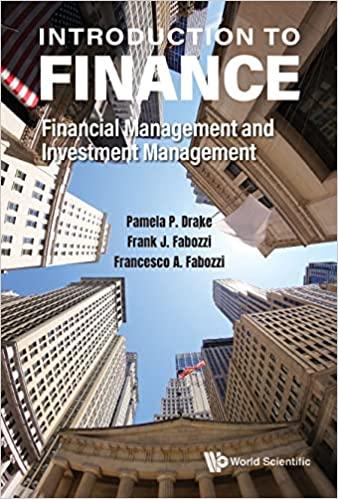4. Wild, Wild Oats. Back to 2006, Whole Foods and Wild Oats (another "erunchy" grocer) each had large market shares in the natural foods sector. They were both choosing how many stores to have in the US. Each had the same annual total cost function of TC(q)=24+2q. Where q is the number of stores they operate, and costs are measured in millions of dollars. As the number of stores increases, the revenue each store can generate per year falls, so we can think of the demand for stores in the US as: 8 P=43001Q Where "price" (price received per entire store) is measured in millions; q is a single firm's number of stores while Q is the total market number of stores. a. Calculate the Cournot-Nash equilibrium, assuming that each chooses the number of stores that maximizes its profits when taking its rival's output as given. First, write down the residual demand each firm faces, and then their best response function. Lastly, find the cquilibrium quantity and profit. Whole Foods' Response Function qwr(qwo)= Whole Foods" equilibrium number of stores: qWV= Wild Oats' equilibrium number of stores: qivo= Whole Foods' equilibrium profit: wr= b. In 2007, Whole Foods acquired Wild Oats for $565M. While this allowed Whole Foods to save some costs (i.e. climinate Wild Oats' Fixed Costs), it also allowed Whole Foods to close some Wild Oats stores, and convert the rest into being Whole Foods locations. Assume Whole Foods' cost function is unchanged. How many Wild Oats stores will it close? Number of Wild Oats stores that will close: (all other stores will become Whole Foods locations) By what percent will market prices increase due to these closures? (Note, this explains the phenomenon of companies buying rivals only to elose their stores) A few years later, as the economy improved, forcign entrants began to notice Whole Foods' attractive market. The French chain Carrefour has investigated entering the US market. It would compete directly against Whole Foods in the natural foods sector. However, it would have a marginal cost function of MCC(qc)=2.1 Since Whole Foods is the "first mover" in the US market, they can now re-adjust the number of stores they have anticipating Carrefour's entry. What will be the equilibrium now? Whole Foods' equilibrium number of stores: qWF= 9 Carrefour's equilibrium number of stores: Market Price (i.e. revenue per store): qc= P= d. Of course, Carrefour would also incur fixed costs if they enter the US market. What is the highest level of fixed costs such that Carrefour would be willing to enter, if Whole Foods is choosing its store level anticipating Carrefour's entry? Fixed costs must be less than or equal to








